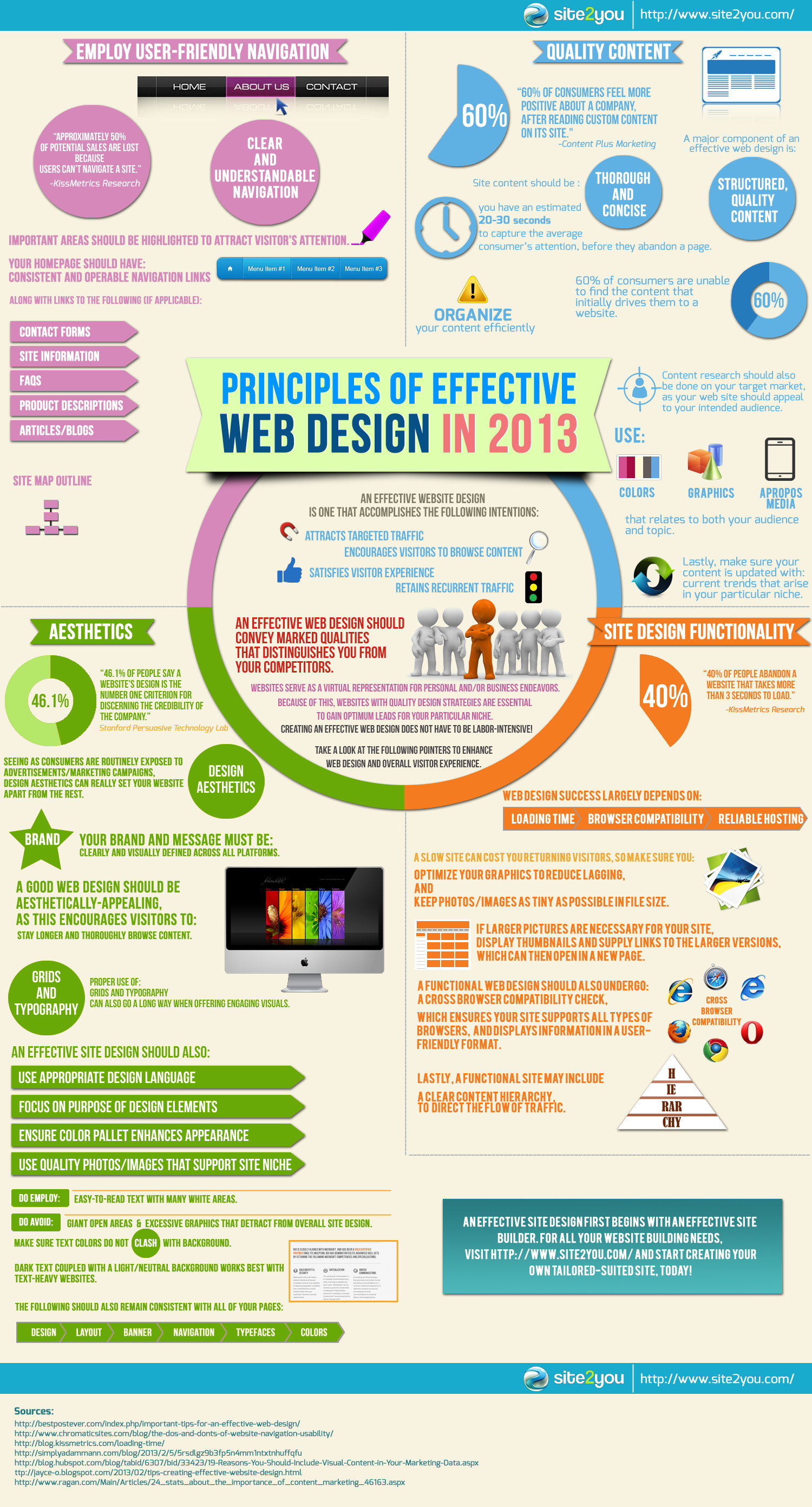Eager To Uncover Just How Internet Site Style Has Changed With Time? Dive Into The Evolution From Simpleness To User-Focused Experiences
Eager To Uncover Just How Internet Site Style Has Changed With Time? Dive Into The Evolution From Simpleness To User-Focused Experiences
Blog Article
Authored By-Bradshaw Stender
In the past, web sites were simple and concentrated on info. Navigating was direct, and style was for desktops. Now, user experience is essential. Data guides designs for very easy navigating. Responsive layouts match various tools. Today, dark setting minimizes strain, and minimalist menus boost navigating. Interactive features engage users, and bold visuals stand out. AI assimilation boosts engagement. See just how layout has developed to boost your online trip.
Early Days of Website Design
In the early days of web design, simpleness reigned supreme. Sites were standard, with minimal colors, typefaces, and designs. The focus got on offering info as opposed to flashy visuals. Users accessed the internet through slow-moving dial-up connections, so speed and performance were vital.
Navigation food selections were straightforward, typically situated at the top or side of the web page. Web sites were created for computer, as mobile browsing had not been yet common. Content was king, and designers focused on easy readability over complicated layout aspects.
HTML was the main coding language made use of, and designers had to function within its restraints. Animations and interactive functions were marginal contrasted to today's requirements. Sites were fixed, with little vibrant material or personalized individual experiences.
Increase of User-Focused Style
With the development of internet site layout, a change towards user-focused design principles has become increasingly noticeable. Today, producing websites that prioritize user experience is vital for involving visitors and accomplishing organization objectives. User-focused style involves understanding the needs, choices, and habits of your target market to customize the website's design, web content, and features appropriately.
Developers currently conduct complete research study, such as customer surveys and functionality screening, to gather insights and responses directly from customers. This data-driven strategy aids in producing user-friendly navigating, clear calls-to-action, and aesthetically enticing user interfaces that reverberate with site visitors. By placing the customer at the facility of the design process, sites can supply a much more tailored and delightful experience.
Responsive layout has actually likewise become a vital element of user-focused layout, guaranteeing that web sites are optimized for different tools and display dimensions. This versatility boosts ease of access and functionality, dealing with the diverse means individuals engage with web sites today. In Recommended Website , the rise of user-focused design symbolizes a shift in the direction of creating digital experiences that prioritize the needs and assumptions of the end customer.
Modern Trends in Web Design
Discover the latest fads shaping website design today. One popular fad is dark setting style, using a sleek and modern-day look while minimizing eye pressure in low-light atmospheres. One more vital trend is minimalist navigating, simplifying menus and improving individual experience by focusing on essential elements. Including https://theubj.com/featured/30026/5-digital-marketing-strategies-for-your-campaign/ -interactions, such as animated buttons or scrolling effects, can create a much more engaging and interactive internet site. Responsive design remains vital, making certain seamless customer experiences throughout numerous tools. Additionally, making use of strong typography and asymmetrical formats can include aesthetic rate of interest and accentuate certain web content.
Incorporating AI technology, like chatbots for consumer support or individualized referrals, boosts individual involvement and improves procedures. Accessibility has likewise end up being a considerable pattern, with designers focusing on inclusive style techniques to accommodate varied individual needs. Embracing sustainability by optimizing internet site performance for speed and performance is another arising fad in web design. Working together with user responses and data analytics to iterate and improve design continually is vital for remaining appropriate in the ever-evolving digital landscape. By embracing these modern trends, you can produce a visually appealing, user-friendly web site that reverberates with your target market.
Final thought
As you review the development of web site layout from the very early days to now, you can see just how user-focused design has come to be the driving force behind contemporary patterns.
Welcome the journey of change and adaptation in web design, constantly maintaining the user experience at the leading edge.
Tippingpointdigital
Remain present with the most up to date patterns and innovations, and never ever quit developing your technique to create visually spectacular and straightforward sites.
Evolve, adjust, and create - the future of web design remains in your hands.
